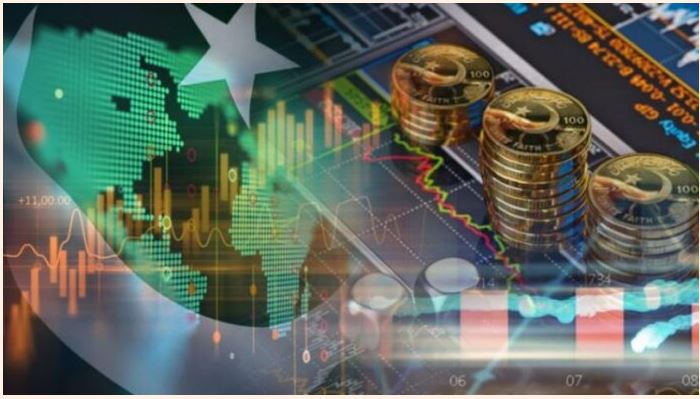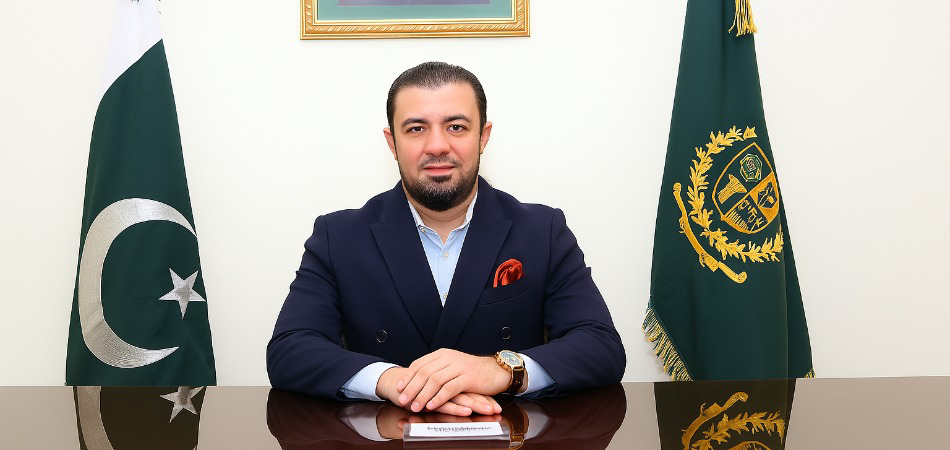New government, same old economic problems

By MG News | April 11, 2022 at 11:08 AM GMT+05:00
April 11, 2022 (MLN): With the opposition winning its fight against Imran Khan, the spotlight is now shifting away from politics and towards the economic front. Whoever forms the government at the centre has an arduous task at hand of managing the economy.
We look at the top five key economic issues that will test the incumbent government’s mantle in the months ahead.
1. Inflation: Some political pundits argue that it was primarily the rising prices that became the undoing of Imran Khan. And the evidence also supports their claims. Over the last 12 months, CPI-measured inflation has averaged at 12.7%YoY and 1%MoM (despite subsidy on fuel and tariffs in the last month). The rising prices of fuel, electricity, cooking oil, fresh vegetables and fruits, clothing and chicken have tossed the inflation numbers to nearly two-year high levels. Much of this has been a factor of the commodity supercycle in the commodity market instigated by the demand resumption in the as global lockdowns eased and supported by the Ukraine-Russia crisis. Managing prices will be a test for the new government. It will have to use its iron fist on local markets and ensure prices remain in control.
2. Foreign Exchange Reserves: Almost like clockwork, the PTI’s government has left the economy with an unsustainably high current account deficit and depleting foreign exchange reserves. The central bank’s reserves as of April 1, 2022 (the last week of PTI’s government) stand at $11.32bn. They have fallen by 43% since their peak in the last week of August 2021. The only difference from the past is that much of this money has been used to retire some loans and also pay back penalties imposed by international courts on the Government of Pakistan. The number is set to decline in the weeks ahead as inflows are expected to dry until the government resumes negotiations with the international donor agencies. The government will have to successfully negotiate a mini-bailout of sorts to avoid the BoP crisis. This drawdown in reserves has also weakened Rupee’s position against the US Dollar. Securing funds for the future will help contain the Rupee’s fall.
3. GDP Growth in High-Interest Rate Environment: The State Bank of Pakistan has increased the policy rate to 12.25% in the first week of April. The central bank had good reason to do so. Some analysts argue that the decision to hike rates should have been taken earlier and was reactive instead of proactive. With rates so high and a persistent increase in inflation, the outlook for economic growth in the FY23 looks bleak. The new government will have a tough time coming up with a balanced budget that will simultaneously support growth and keep demand in check.
4. Fiscal Prudence: The PTI government was exceptionally successful in terms of revenue collections. In the first nine months, the Federal Bureau of Revenue (FBR) has collected Rs4.4 trillion, an increase of 29% from the last year. These numbers have been partly due rise in imports. However, sustaining this growth momentum will be key for the new government as it has another complete fiscal year before General Elections are due in the second half of 2023.
5. Maintaining Export Growth: Export growth is another feather in the cap of PTI over its government. By sheer luck and turn of global events in the post-Covid-19 world, Pakistan’s textile sector has seen a significant boon as orders from international lockdowns piled up amid lockdowns in the other supplying countries i.e., China and Bangladesh. So far, in the 9MFY22, the exports have jumped by 25% to $23.3bn. This growth is not only impressive but needs to be sustained over a longer period of time. Only an increase in exports and a narrowing of the trade deficit can help put Pakistan’s economy on a sustainable path in the long run. The PTI was partly successful at this because of its exchange rate policy which incentivized exporters to ramp up their exports. Meanwhile, in view of this rising demand for Pakistani goods abroad, large investments have been made in the various export-oriented sectors to increase their capacities.
PTI’s performance on the economic front can be summarized as hits and misses. Despite having all the right ingredients, the economy was not put on a sustainable path. The new government will need to continue the good policies of the old like the exchange rate, FBR revenue generation and pass-through of fuel prices to the masses and come up with ways to manage issues like inflation, current account and fiscal deficits.
Copyright Mettis Link News
Related News
| Name | Price/Vol | %Chg/NChg |
|---|---|---|
| KSE100 | 132,669.08 88.74M |
-0.55% -734.11 |
| ALLSHR | 82,980.17 484.97M |
-0.25% -207.89 |
| KSE30 | 40,368.66 31.84M |
-0.70% -282.79 |
| KMI30 | 190,935.90 36.06M |
-0.60% -1148.01 |
| KMIALLSHR | 55,714.10 249.40M |
-0.24% -133.60 |
| BKTi | 36,196.96 5.52M |
-0.62% -225.91 |
| OGTi | 28,246.68 6.80M |
-0.67% -190.93 |
| Symbol | Bid/Ask | High/Low |
|---|
| Name | Last | High/Low | Chg/%Chg |
|---|---|---|---|
| BITCOIN FUTURES | 109,070.00 | 109,545.00 108,625.00 |
-145.00 -0.13% |
| BRENT CRUDE | 70.01 | 70.09 69.85 |
-0.14 -0.20% |
| RICHARDS BAY COAL MONTHLY | 97.50 | 0.00 0.00 |
2.05 2.15% |
| ROTTERDAM COAL MONTHLY | 106.65 | 106.65 106.25 |
0.50 0.47% |
| USD RBD PALM OLEIN | 998.50 | 998.50 998.50 |
0.00 0.00% |
| CRUDE OIL - WTI | 68.17 | 68.27 67.78 |
-0.16 -0.23% |
| SUGAR #11 WORLD | 16.15 | 16.37 16.10 |
-0.13 -0.80% |
Chart of the Day
Latest News
Top 5 things to watch in this week
Pakistan Stock Movers
| Name | Last | Chg/%Chg |
|---|
| Name | Last | Chg/%Chg |
|---|

.jpeg)
.png)
